The Best Room Shape for a Recording Studio: Learn About Room Shapes and Sizes
Share
Do you want to start a recording studio but don't know what room shape to use? Do you have a small space and don't know if it's big enough for a recording studio? In this blog post, we will discuss the best room shapes and sizes for recording studios. We will also provide tips on how to make the most of your space!
Now, let me preface this post with some advice. If you already live in a house, or are renting a place that does not have an ideal room, don't freak out! You can adapt any space to work for you. The first two The White Stripes albums were recorded in Jack White's living room and those records did pretty well :)
We hear from a lot of people who are trying to turn their home office or bedroom into a small studio for making music, doing voice overs, and more. It would be ridiculous for you to go out and drop a whole bunch of coin on a new home, or a commercial space just because your room is not "perfect" for acoustics. You can make it work. Keep reading for some tips and tricks!
That being said, there are some room sizes and shapes that are better. So if you are searching for a space that will be ideal for recording sound there are some things that you should look for.
What is the best size for a recording studio room?
There is a lot of debate on what the perfect room size is for a recording studio. In general, the larger the better. But, that doesn't mean you need a huge room. The rule of thumb people use is the Greek Golden Mean Proportions of 1:1.6:2.6 (height x width x length) to get a room that is acoustically appealing.
If you have a common 8 foot ceiling then you would be looking for a room that is 8 ft tall x 13 ft wide x 21 ft long if following the golden rule for room dimensions for a recording studio.
The reason why larger rooms are better is because sound waves travel farther and have more space to bounce around before hitting a wall. This gives the sound a chance to "settle" and creates a more controlled environment.
Small rooms tend to have a lot of problems with controlling reflections, low end, and standing waves. When sound waves hit a wall they reflect back into the room and can cause standing waves. Standing waves are when two sound waves of the same frequency cancel each other out, or reinforce each other. This can cause certain frequencies to be too loud, or too quiet. It can also make the room sound "boomy" or "dead". This is why treatment is so important in smaller rooms.
Another rule of thumb for room size is to stay away from room dimensions that are direct multiples of each other (ie 1:2:3). For example, a 18 x 27 ft room with 9 ft ceilings is not ideal. This will amplify resonant frequencies which gives the room a noisy and muddy sound.
So what is the best room shape for a recording studio?
The best shape for a mixing and mastering room is generally considered to be a rectangular room. This shape tends to offer better potential for proper bass reproduction and is more straightforward to set up, especially for beginners.
It's advised to avoid square, round, or irregularly shaped rooms, as these tend to be more problematic acoustically. The reason behind this preference is that angled walls can make sound waves travel in unpredictable ways, requiring more technical knowledge to correctly manage the audio waves. In rectangular rooms, these issues are minimized, making it easier to achieve a balanced and natural acoustic environment. The predictability is particularly important for treating properly for optimal sound and the listening position.
The best shape for a live studio room is an irregular shape. This helps to diffuse reflections and create a more live sound. Parallel walls have a ping pong effect which causes the sounds to bound back and forth. This can lead to things like standing waves and comb filtering.
You can add things to your rooms to make them more irregular. Things like bookcases and sound diffusers can help with this. You can also look for wall partitions to use in the room. Check your local online marketplaces because old offices that close down often sell these for cheap.
Concave surfaces have a tendency to focus sound and should be avoided. Convex surfaces tend to have a diffusion effect and can be good for your room.
If you already have your room picked out and it has non-ideal room proportions, no need to worry! There are treatment strategies using absorption that can help you overcome these room restrictions and get great sound!
Room Symmetry
In studio design, the choice between symmetrical and asymmetrical designs often depends on the specific acoustic goals, the type of work being done in the studio, and the preferences of the engineer or artist.
Many modern studios strike a balance, using primarily symmetrical designs for predictability but incorporating some asymmetrical elements to alleviate the issues of standing waves and room modes. This is why we recommend a symmetrical room for the control room, and a non-symmetrical shape if live recording is the main purpose.
Symmetrical Rooms
Pros
Predictability: Symmetrical rooms offer predictable sound reflections. If you know how sound behaves on one side of the room, it's generally the same on the other side. This can make it easier to design and implement acoustic treatments.
Balance: Stereo imaging and soundstage can be more easily balanced in a symmetrical room, as each speaker is interacting with the room in a similar way.
Cons
Standing Waves: Symmetrical rooms are more prone to standing waves, where sound waves bouncing between parallel walls amplify or cancel each other out at certain frequencies, leading to uneven bass response.
Room Modes: These are resonant frequencies where the room reinforces certain frequencies disproportionately. Symmetrical rooms might have more pronounced room modes.
Asymmetrical Rooms
Pros
Reduced Standing Waves and Room Modes: Asymmetry can disrupt the formation of standing waves and even out room modes, leading to a more even frequency response across the room.
Unique Acoustic Characteristics: Each part of the room can have a slightly different sound, which might be desirable for certain types of recordings or listening experiences.
Cons
Complexity in Treatment: Asymmetrical rooms can be more challenging to treat acoustically because the sound behavior is less predictable. It might require more effort and expertise to achieve a balanced sound.
Stereo Imaging Challenges: Achieving a balanced stereo image can be more challenging, as speakers may interact differently with various parts of the room.
Tips for getting an asymmetrical room shape!
This will involve construction. You will need to hire a contractor if you do not have any framing and drywall experience. You can add a slight angle to parallel walls in a single room studio.
Add the walls at an angle of 2-10 degrees to take away the original parallel wall structure.

If you are designing a commercial space, or a multi room recording studio you can break up a larger square or rectangle room into multiple rooms for various uses. Check out the below multi room studio recording idea.

Now, let's talk about sound waves!
How do sound waves work in a room?
When a sound is created it goes out into the atmosphere and keeps going until it either decays which happens when the sound dies out, or it hits a boundary. When the sound wave hits a boundary it can either be reflected, absorbed, or diffused.
The below is a diagram displaying how sound waves react to different boundaries.

Reflection - Sound bounces off a surface. This occurs on flat and hard surfaces like drywall, hardwood floors, concrete and brick. The sound wave is deflected because it cannot penetrate or pass through the material. This creates echoes.
Absorption - Sound is absorbed by soft and porous materials like acoustic foam, an area rug, curtains etc. When a sound wave comes in contact with an absorptive material the sound energy is converted to a small amount of heat energy causing the sound to decay much faster.
Diffusion - When a sound wave hits an uneven surface like a bookcase or acoustic diffuser, the wave breaks up and is scattered. The scattered sound waves have much less energy per wave and will decay faster than a reflected sound wave.
The sound waves that are not reflected back into the room are either diffused by the diffuser, absorbed by the absorber, or pass through the boundary and onto the other side.
How to treat a room with flat parallel walls!
So we know that echoes are caused by sound bouncing off of flat walls, floors and ceilings. To prevent echoes you need to add absorption to the surfaces to make them be less reflective. In acoustics absorption basically means "not reflected". If the sound waves are not reflected we will eliminate the echoes!
The below diagram shows direct sound coming from speaker monitors and reflected sound creating echoes on the side walls inside the room.

Now in this second diagram it shows direct sound coming from speaker monitors, but in this case there is acoustic foam placed on the side walls to absorb the sound and prevent echoes.

There are multiple reflection points in a rectangular room with two monitors. The below diagram shows the common reflection points where treatment needs to be placed. The reflection points are:
- back wall
- side walls
- front wall
- ceiling

Don't forget to add bass traps in the corners of the room. This will help absorb the low end frequencies, and flatten the rooms frequency response.
If your room is less than ideal you can make up for it with acoustic treatment. Absorption and diffusion can be strategically placed in your room to get better sound.
Treatment for a live recording room is different than treatment for a control room or a mixing / mastering suite. In a live room you want to avoid reflections off of the surfaces so that the sound is not muddy. You also want to make sure that there are no standing waves or flutter echoes.

In a control room or mixing / mastering suite you want to have a more dead rather than lively sound. This is the same case for a vocal booth. The best way to achieve this is by adding absorption to the walls, ceiling and floor. You can also add diffusers to help with the sound quality.

Diffusers work great to help keep the liveliness in a room but get rid of the echoes. They can also help smaller rooms sound bigger.
There are many different types of acoustic treatment available on the market. The most common type is acoustic foam. Acoustic foam is made from polyurethane and is a very effective absorption material.
Other types of acoustic absorption include:
If you need help figuring out what type of acoustic treatment you need please fill out our free room analysis or schedule a consultation call!
Read more:
How To Design A Home Recording Studio
Gaming Room Acoustic Treatment Setup
Home Theater Acoustic Treatment
Vocal Booth Acoustic Treatment
If you have any questions please contact us.
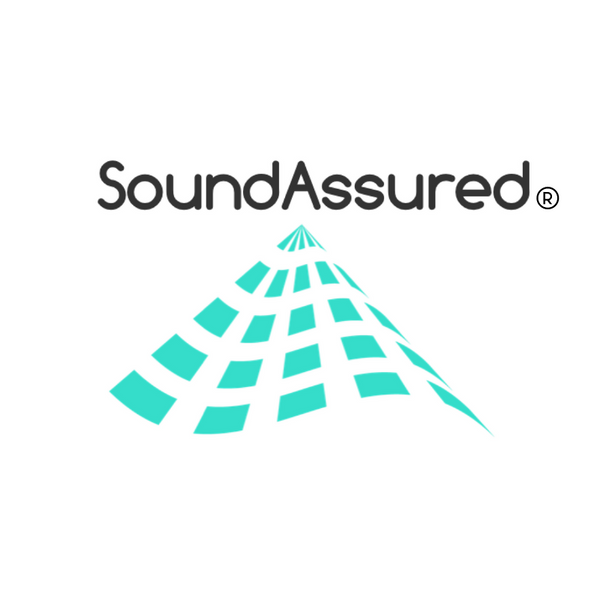
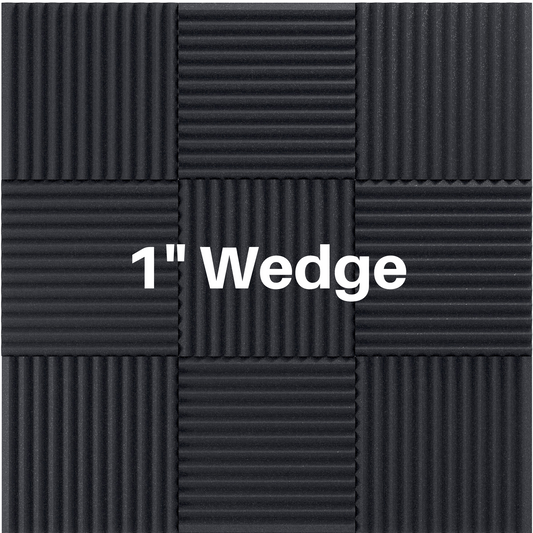
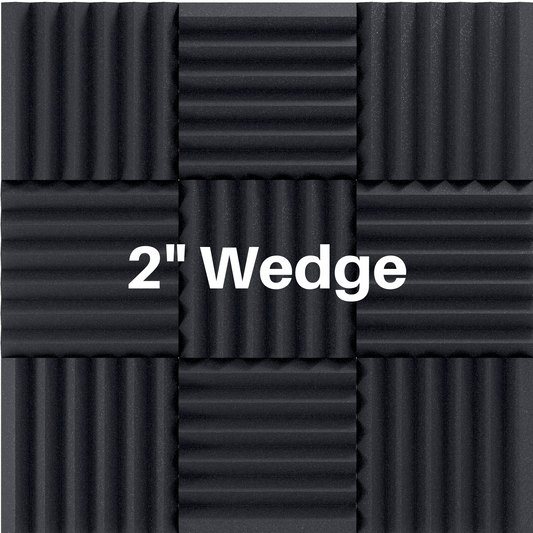
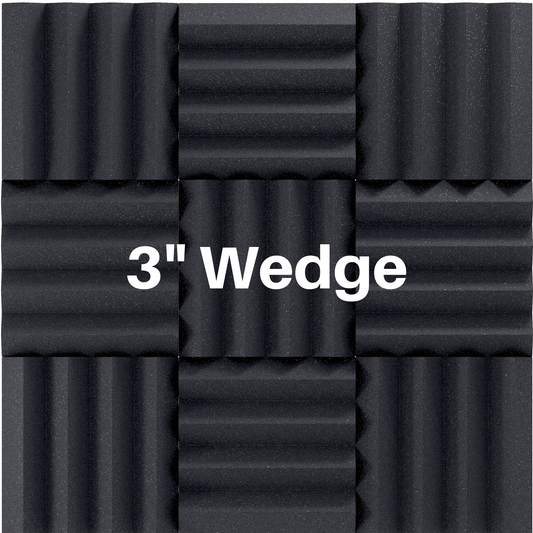
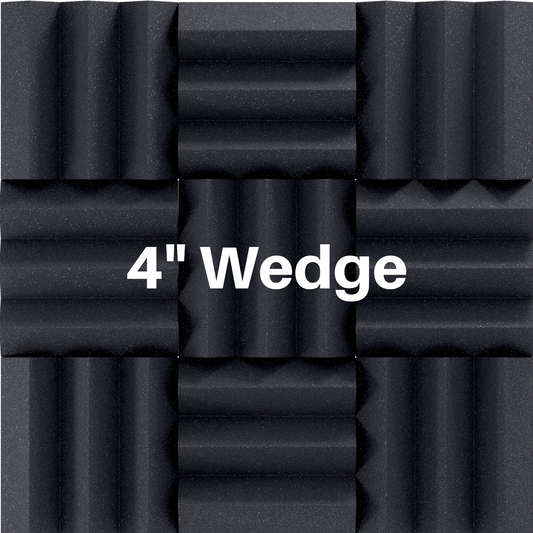

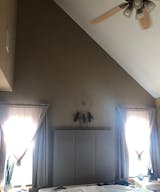

5 comments
This blog on the best room shapes for a recording studio is insightful. It provides essential tips on acoustics and space optimization to create an ideal sound environment. The detailed explanation of room shapes and sizes is perfect for anyone serious about setting up a professional studio.
I am in the planning and design phase of my personal recording studio project. And I have to say, this source of information is absolutely priceless. What a big help
Thank you for the informative post. One additional question: how large (square feet) would you need a studio to be to accommodate 10 musicians with instruments? 15 musicians? appreciate any and all thoughts.
So helpful with direct insight. Thanks
It caught my interest when you mentioned how recording studio rooms are much better if they have an irregular shape since this helps in diffusing reflections to create a more live sound. I play the bass for the band I started with my friends, and we recently decided on recording our own music. I’ll be sure to keep this in mind while we look for a recording studio to rent soon. https://michaelpirolimixing.com